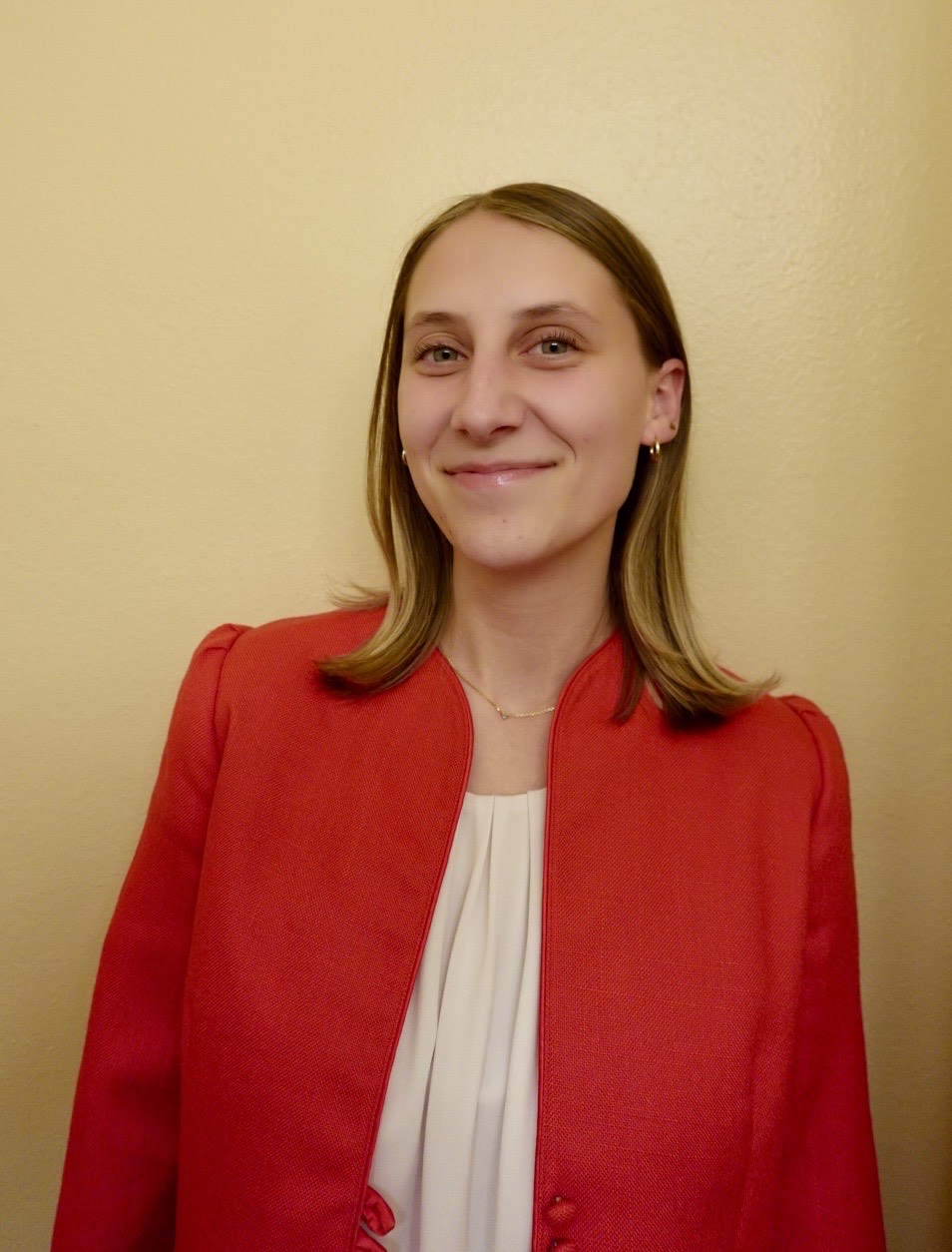by Abby Davidson
 I used to believe leadership was a quality people were simply born with, that if you stayed at a company long enough, you’d eventually end up in a leadership position. After gaining experience on Capitol Hill and taking leadership courses through Harding University, I realized how limited that belief really was. Leadership is far more relational, intentional and character-driven than I once understood.
I used to believe leadership was a quality people were simply born with, that if you stayed at a company long enough, you’d eventually end up in a leadership position. After gaining experience on Capitol Hill and taking leadership courses through Harding University, I realized how limited that belief really was. Leadership is far more relational, intentional and character-driven than I once understood.
During my recent internship on Capitol Hill, I saw both strong and weak leadership examples. I learned firsthand that a formal leadership title and big office mean very little if a leader fails to treat people with respect and dignity. As a congressional intern, I was at the bottom of the office hierarchy. Yet the congressman I worked for never treated me as lesser. Instead of isolating himself in his office, he often joined the staff in the common area, eating his lunch or sharing candy he brought back from Alabama. He asked about our plans, our lives, our families and our commutes. He did not create distance between his office and his employees, but instead he made an effort to create spaces of trust and safety. In an environment where power and title can overshadow character, the congressman modeled authentic, relational leadership.
Of course, not everything on the Hill was positive. In my intern role, I encountered “bully leaders,” or people who used their position to look down on those they saw as beneath them. These interactions taught me that the leaders we choose to follow are the ones who ask questions, show genuine care and intentionally create community. I learned that while people may hold formal titles, their influence and success as leaders comes down to how they treat people and how willing they are to engage with their followers. Leadership and followership are two sides of the same coin. One simply cannot function without the other. This simple adage seems obvious, yet when we are leading, formally or informally, this truth often gets lost.
Followership has never been the most appealing to me. Even as an intern, I was gunning to be seen and thought of as more than just an intern. Desiring to lead is valuable, but pursuing leadership with a distorted view of followership creates an unhealthy divide. Only when leaders recognize and honor the crucial role followers play can they lead effectively. Leadership is about listening. It is about empathy. It is about building community. My courses at Harding and my time on Capitol Hill reinforced the importance of viewing leadership not as a status but as a relational act grounded in mutual respect.
When asked to name a great leader, most people do not think of the person with the grandest office or the most prestigious title. Instead, they recall someone who influenced them personally. Someone who listened, encouraged, guided or invested in their growth. Leadership is not about position or authority; it is about connection. It requires empathy, active listening and a willingness to meet followers where they are.
Ultimately, leadership is less about the title one holds and more about the relationships one builds.
Abby Davidson is a senior pursuing a degree in communication studies with an accelerated minor in leadership and innovation. Upon graduation with her bachelor’s degree, she will have completed 12 of the required 30 credit hours of the Master of Arts in organizational leadership.